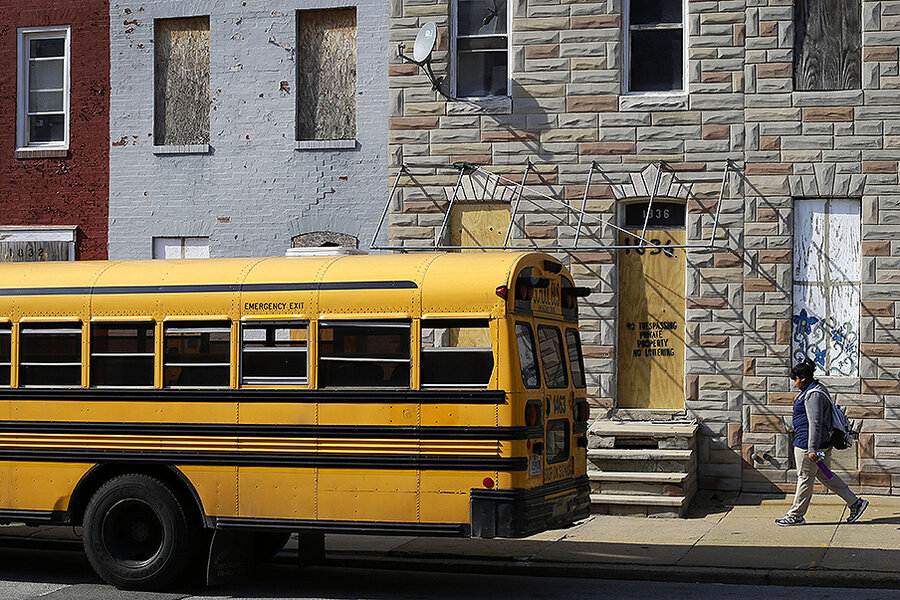Why are US teachers so white?
Loading...
The Shanker Institute on Wednesday released an in-depth report on teacher diversity, or the lack thereof, in the US.
Over 25 years, from 1987 to 2012, minority teachers have actually grown as a percentage of the teaching workforce, from 12 to 17 percent. However, that modest change is nowhere near keeping pace with student demographics, now that over half of public school students are children of color, leaving the institute to conclude that “More than 60 years after the ruling in Brown v. Board of Education was handed down, its promise remains un-fulfilled.”
According to Shanker’s research team, the problem does not lie in training or recruitment, at least not when it comes to the number of minority applicants and hires. Instead, teacher turnover may be to blame.
Nationwide, teacher attrition remains an enormous problem, costing schools $2.2 billion per year. Just over half of all new teachers are still in the classroom five years later, NPR reports. Although the financial cost of that “revolving door” is formidable, the real price is paid in student learning, which suffers from losing more experienced teachers year after year.
Teachers leave the profession for dozens of reasons, but one common one is the challenging working conditions in the country’s most under-resourced schools, which tend to have a high percentage of both minority students and minority teachers; a 2014 study from the National Education Association found that teachers in low-performing schools were 50 percent more likely to leave the classroom.
According to the Shanker Institute, that’s why the steady number of minority novices dwindles so quickly. Among their top complains are “a lack of collective voice in educational decisions and a lack of professional autonomy in the classroom.”
The underrepresentation doesn’t just bother education experts for numbers’ sake, but because of its toxic effects on children’s learning, from test scores to social stereotypes. Teachers are some of children’s most powerful role models, but young men of color, in particular, rarely see someone who looks like them in front of the classroom. A diverse teaching force helps dispel stereotypes in children’s minds, the institute says, and minority teachers’ own experiences or cultural knowledge can sometimes help them respond to students’ needs.
The Shanker report also notes that teachers of color tend to have higher expectations for their minority students than white teachers would, one of several factors contributing to students’ improved success when taught by someone from their own racial or ethnic group.
In the aftermath of Hurricane Katrina, New Orleans became a virtual laboratory for educational reform, including questions about the influence of minority teachers. As the floods receded, the long-struggling school district fired nearly all of its workforce, 71 percent of which was black.
As charters took over the city’s schools, New Orleans was flooded again, this time with young, white teachers, few of whom hailed from Louisiana. Today, with the workforce roughly half black and half white, teaching a 90 percent black population, debates rage on about what combination of experience, community knowledge, tradition, and innovation will best serve NOLA’s kids.
But underrepresentation haunts most major US school districts, from New Orleans to New York. To strengthen minority teachers' retention, the Shanker Institute calls for the Department of Education to focus on historically black, tribal, or diverse colleges, and to make sure future teachers’ preparation is relevant to high-needs schools: helping them make an impact for not just for a year or two, but a career.






